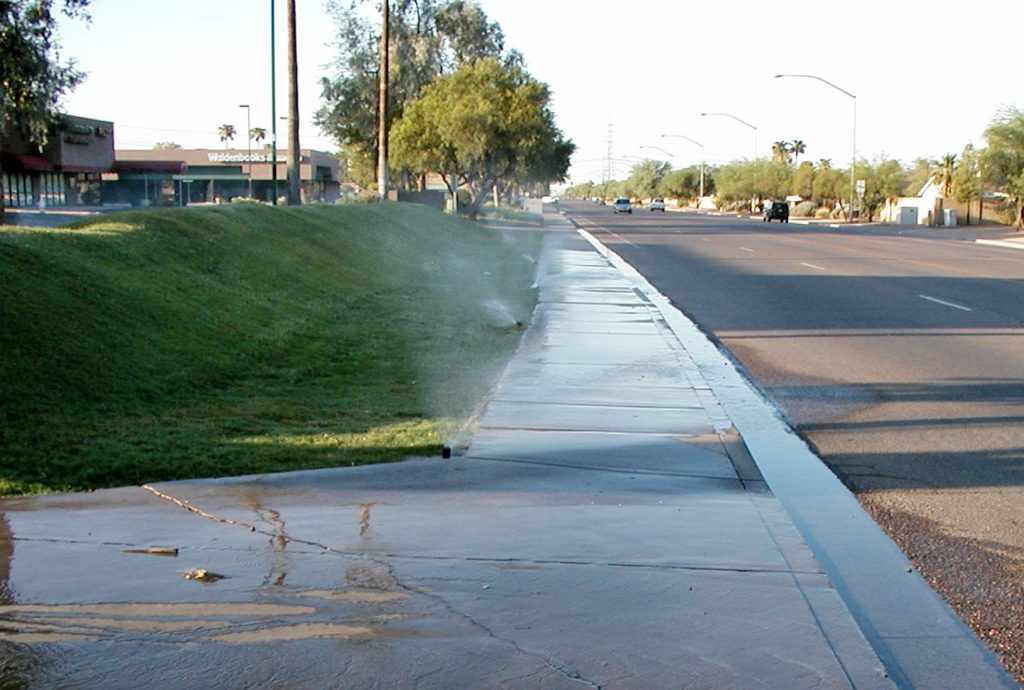July is Smart Irrigation Month! It’s the perfect opportunity to highlight this great cycle-and-soak watering method from WaterSense to be more efficient with your landscape water use!
Watering Tips from WaterSense®
It’s important to know when, how often and how long to water your lawn. Each landscape is different. One watering method, Cycle-and-Soak, makes sure your soil absorbs the most water during a water cycle without runoff. Your utility or water provider is a good resource to determine your soil type and provide how much water is typically needed in your area.
WaterSense and Cycle-and-Soak |
||
| The WaterSense label helps customers identify water-efficient irrigation controllers that automatically adjust the irrigation schedule based on soil moisture levels or local weather and landscape conditions. However, they don’t necessarily monitor the rate at which water is soaking into the soil, so even though they might irrigate less frequently than a clock-timer controller, pooling or runoff can still occur.
In some landscapes, additional adjustments to your irrigation schedule can result in more water savings and a healthier landscape. If you have a WaterSense labeled controller, you can use cycle-and-soak on sloped landscapes or clay soils to program your controller. |
||
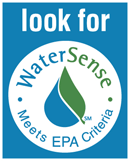 |
Cycle-and-Soak to Save Water Outdoors
Overwatering is more common than many realize and can cause weed growth, plant disease, and runoff that carries fertilizers and pesticides into local water bodies. Installing water-saving outdoor products and choosing native or drought-tolerant plants are great practices to be water-efficient outdoors. Unfortunately, the ground under your landscape could be contributing to water waste. For example, landscapes with clay soils or steep slopes may not absorb water fast enough before it runs off. Landscapes with these characteristics may benefit from dividing irrigation runtimes into smaller intervals with short breaks in between to allow water more time to soak into the soil. This practice, commonly called “cycle-and-soak,” can keep more water on the landscape and reduce water waste caused by runoff.
When Cycle-and-Soak Makes Sense
If your sprinklers are applying water faster than it can be absorbed, irrigation water may pool or run off the ground before it can be consumed by plant roots. This commonly occurs in clay soils, where the infiltration rate, or the rate at which water soaks into the soil, is slow. A soil with a high clay content is very dense and is more likely to result in puddles and runoff. Conversely, sandy soil allows water to soak into the soil faster, so less water will pool on the surface. Sloping landscapes may also benefit from a cycle-and-soak schedule. While sprinkler irrigation is not necessarily recommended on steep slopes, many homeowners still install their irrigation systems on sloped ground. In these cases, water may run off the landscape before it can be absorbed. In either instance, breaking up irrigation runtimes into shorter intervals and allowing water to soak in between watering lets plants receive the amount of water they need without water going to waste.
Getting Started with Cycle-and-Soak
To implement a cycle-and-soak schedule, split runtimes for each irrigation zone (or area of plants). Water in shorter intervals based on the amount of water the landscape can absorb at one time. For each zone, record the total runtime that irrigation is scheduled to run (e.g., 15 minutes). Irrigate your first zone and record the amount of time it takes for water to begin pooling on the surface. This determines the maximum length of time to water in one cycle. If it is equal to or greater than your daily scheduled runtime, cycle-and-soak is not necessary. Repeat this step for the remainder of the zones.
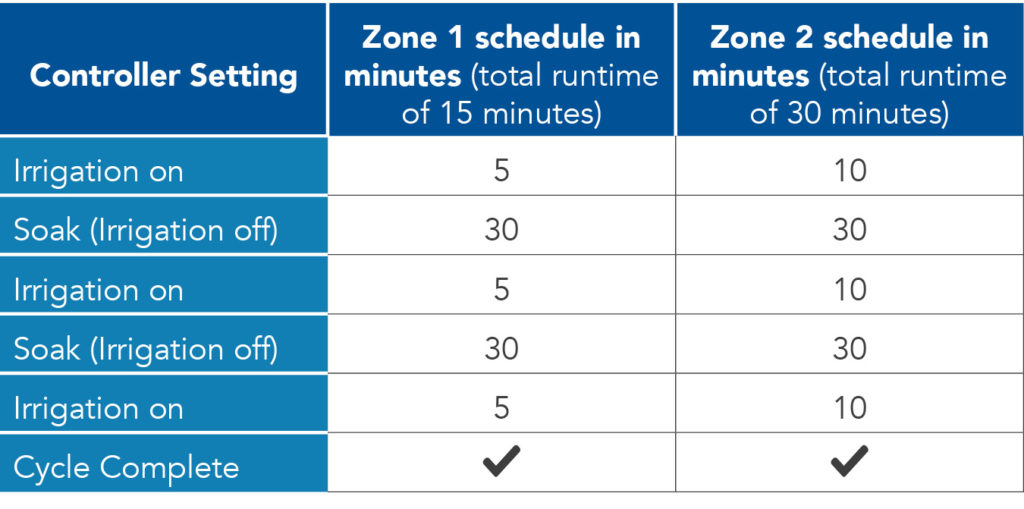
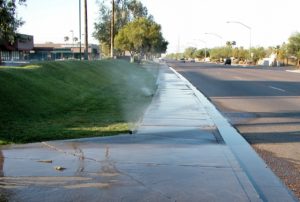
With this information in hand, program your irrigation controller so that each zone irrigates in multiple short intervals that are no longer than the time recorded in the pooling exercise described earlier. Schedule as many intervals as needed so that the total runtime for the day is equal to the total daily runtime. Incorporate a 30-minute to 1-hour period without irrigating to allow water to soak into the ground between each interval. An example for two irrigation zones with a total irrigation runtime of 15 minutes in Zone 1 and 30 minutes in Zone 2 is shown in the table above.
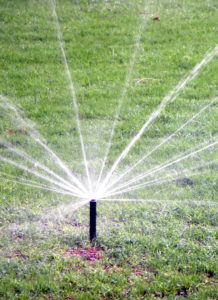
If you need help determining the amount of water your plants need each week and translating that amount into runtimes, contact an irrigation professional certified by a WaterSense labeled program or your local utility, water provider or extension office. [Arizona desert gardeners can find recommendations here on our Landscape Watering pages]
For more details about cycle-and-soak, check out this source from Castle Rock Colorado, and another from Timberline Landscaping.
For more information about WaterSense labeled controllers, or other water-smart landscaping and irrigation practices, visit www.epa.gov/watersense/outdoors.
Learn more on our pages about efficient irrigation and how to program your controller/timer.
Or check out these additional Water – Use It Wisely blogs on the topic:
- Fixing Common Irrigation Problems for Smart Water Use
- Efficient and Effective Outdoor Watering is a Key Component of Conservation in the Desert
- Time to Program Your Irrigation Timer!
From time to time, Water – Use It Wisely features guest bloggers who write about topics related to water and water conservation. This month, we are featuring WaterSense, the U.S. Environmental Protection Agency (EPA) program designed to encourage water efficiency in the United States using a special label on consumer products. Launched in June 2006, the WaterSense® program, a voluntary public-private partnership, WaterSense has helped American consumers save 6.4 trillion gallons of water and more than $135 billion in water and energy bills. Since its inception, it has been immensely successful at achieving its goal of reducing water consumption. An estimated 1.1 trillion gallons have been saved in 2021 alone using WaterSense-labeled products.


